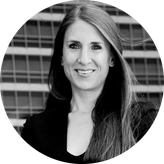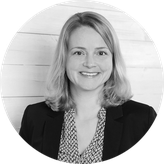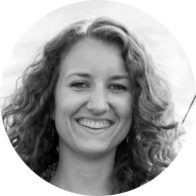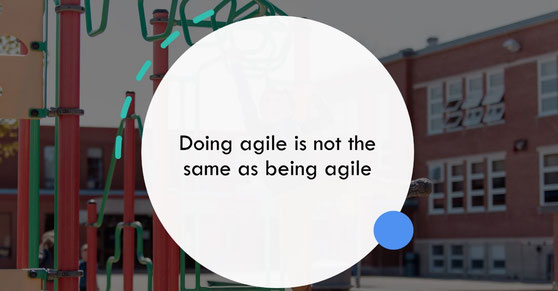What is agile and do you really need it? And if yes, when? And how?!
These were some of the questions we explored during our last Collaboration Circle with Lea Gleixner and Sabine Muth. And because playing is better than talking, we playfully deep dived into agility and reflected on our mental models and pictures we have - consciously and unconsciously - in our mind when we think and talk about agility.
Why?
Because we all have a different understanding, basically about everything 😊 …and especially when it comes to certain concepts like agility 😊
From a systemic-constructivist perspective, every person builds their own, reasonable idea of reality. What may seem absurd to some, is “normal” to others.

Nowadays, when we talk about agile and agility, there are plenty of different ideas hidden beyond this word.
Is it people-focused work? Is it working faster? Or does it rather have something to do with risk-management in software development? Each of the above are true to some extent, and so much more. In most basic terms, agility means something akin to “adaptiveness” or “flexibility” of a team or an organization.
It is often related to a set of principles and values captured in the Manifesto for Agile Software Development and can be expressed through a number of frameworks for product development (like Scrum, XP, LeSS) and a range of methods, tools and practises (e.g. Liberating Structures, Management 3.0, Lean UX, Design Sprints, etc.). Essentially, however, agility is a mindset. It boils down to an attitude, a way of being of an individual or team and it’s about how we deal with complex problems.
What’s the context and development?
When industrial manufacturing took off in the 18th century, efficiency became important, and with that need came Frederick Taylor’s Scientific Management. Each production step on a manufacturing line became part of meticulous up-front planning and a controlled process where workers had clear tasks and creative thinking was not expected nor wanted. Efficiency remains important today and unfortunately, so has Tayloristic thinking in areas where it is not helpful. Today’s world has become so much more complex (check out for example Cynefin or Stacey Framework for more explanation), that up-front planning and sticking to a plan with deadlines only keeps up an illusion of control that, in practice, is not there. In fact, in our complex and sometimes even chaotic environment, what you need to do is probe and act immediately instead of long planning and analysing.

So what is agility, really?
- Agility is not something that can be applied or executed like a plan. It is not so much about the methods and tools, but about the principles and attitude behind it.
- So let’s assume you want your organization or team to be more agile. What to do? Here are some thoughts:
- Understand the context you are working in as this is key for taking decisions and defining your actions.
- Be specific and clear about your intention and the problem you want to solve.
- Involve others and aim to gain a common understanding. Reflect on and consider your mental models. What is your understanding of the situation, the problem, the definition of agile, etc. and do others share the same picture (I wouldn't count on it! 😊)
- Consider if the problem you deal with is a complex one and whether it is complex on a technical or human system level.
- When you believe it is complex you may want to choose an agile approach – get to work and try it, test it, iterate. Iterate. Iterate!
- Iterate on your way of working regularly, that is, on those methods, tools, processes you have employed. Inspect them, reflect upon them, collect data and then adapt your path if necessary. Your path will emerge as you go, so you will need to stop ever so often to check if you are still on the right track (and define “right” together, continuously!)
- Regularly check if the goal is still valid.
- Stay open, curious and playful 😊
And remember, it takes courage to admit that you do not know the answer, it takes intention when starting an experiment and gathering its data, and it takes openness to see when an experiment fails and you need to try something new.

This Collaboration Circle and the recap were realized by:

Sabine Muth
Business Consulting, Coaching & Beyond
DatB Lead Collaboration Circle

Christine Wenzel
Coaching & Consulting
DatB Program Lead
Initiative for Society

Wiebke Piekarowitz
Stuetzpunktbuero
DatB Global Brand Manager
Special thanks to our guest Lea Gleixner for the exciting CC!

Lea Gleixner
Agile Coach
Next Kraftwerke

